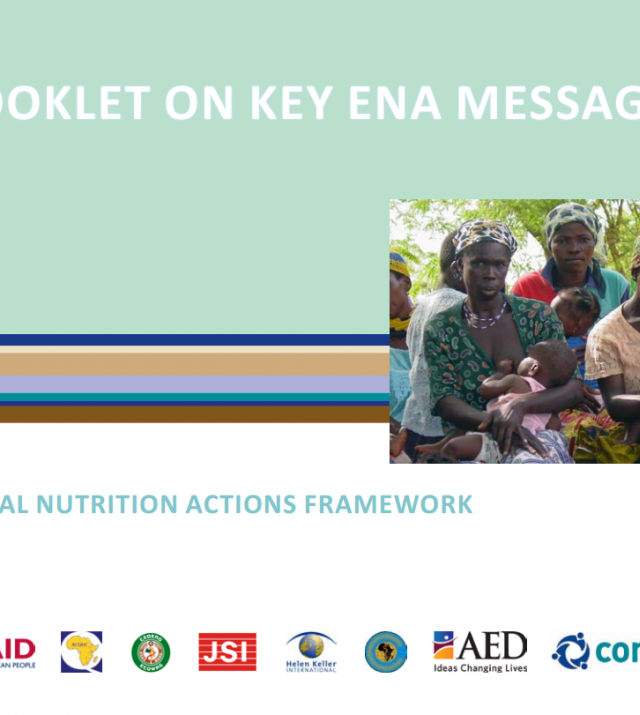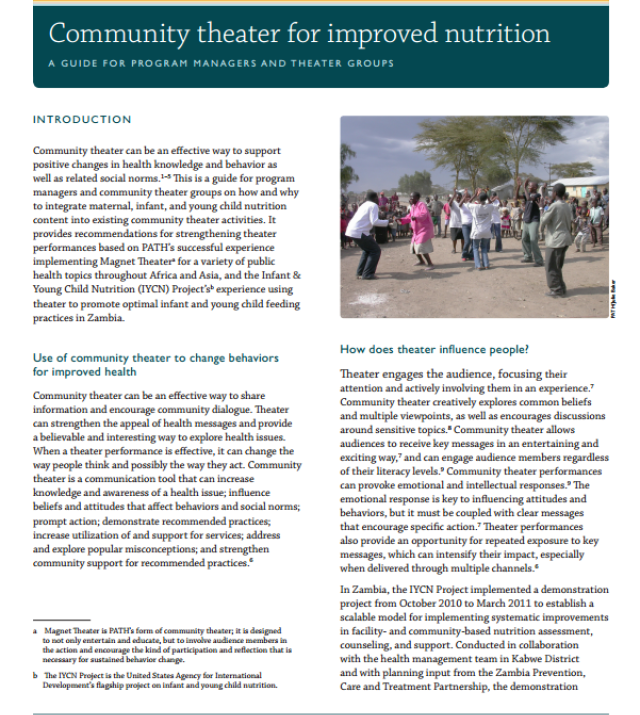IYCF-E Toolkit: Rapid Start-up Resources for Emergency Nutrition Personnel

The introductory documents to this toolkit are above. For the rest of the toolkit, please visit the ICYF-E Toolkit website here.
Disruption and displacement of populations in emergency situations greatly impacts the health and nutrition status of infants and young children. During emergencies, even in previously healthy populations, the rates of child mortality can soar up to 70 times higher than average and child morbidity and crude mortality rates can increase by 20% in 2 weeks due in particular to diarrhea and consequent malnutrition; the youngest babies being the most vulnerable. Adequate nutrition and care of children has been identified as one of the key factors to promote child health and stability and IYCF-E support has consequently become a major strategy in reducing child morbidity and mortality during humanitarian emergency response.
As stated above, malnutrition is one of the major threats to child survival during an emergency and for those who survive it, it can also have tremendous consequences on their cognitive, social, motor skill, physical and emotional development. If caught in time malnutrition can usually be treated but this is not always the case. Further management of acute malnutrition in infants is complicated by a lack of evidence and knowledge about diagnosis and the most appropriate treatment protocols in different contexts. For a myriad of reasons prevention of malnutrition must be the goal, with treatment as a safety net. The best way to prevent malnutrition is through ensuring optimal feeding and care for children through supporting exclusive breastfeeding, appropriate complementary foods, and a supportive care environment – the backbone of IYCF-E programming.
This IYCF-E Toolkit was made possible by a TOPS grant.

